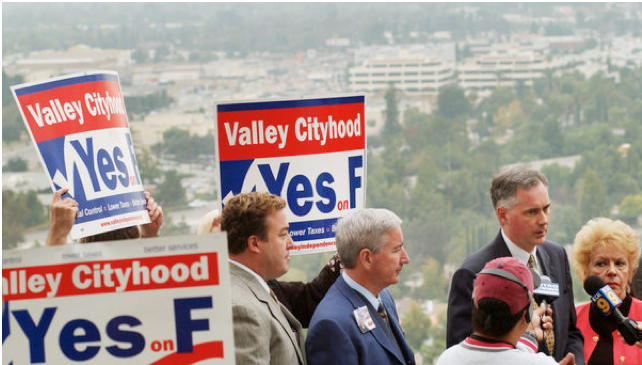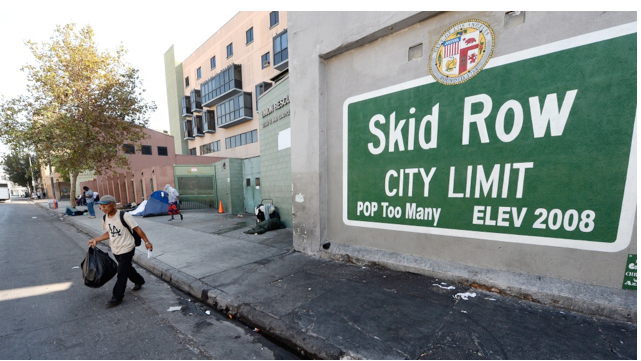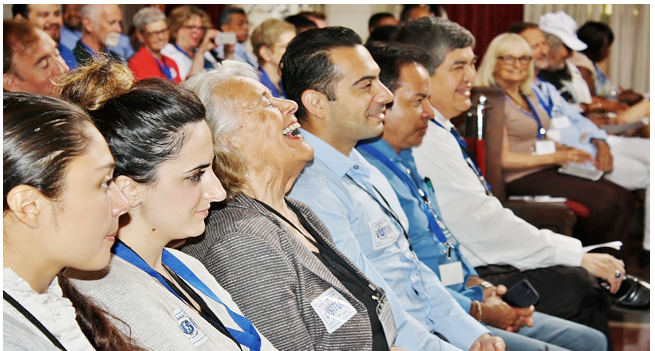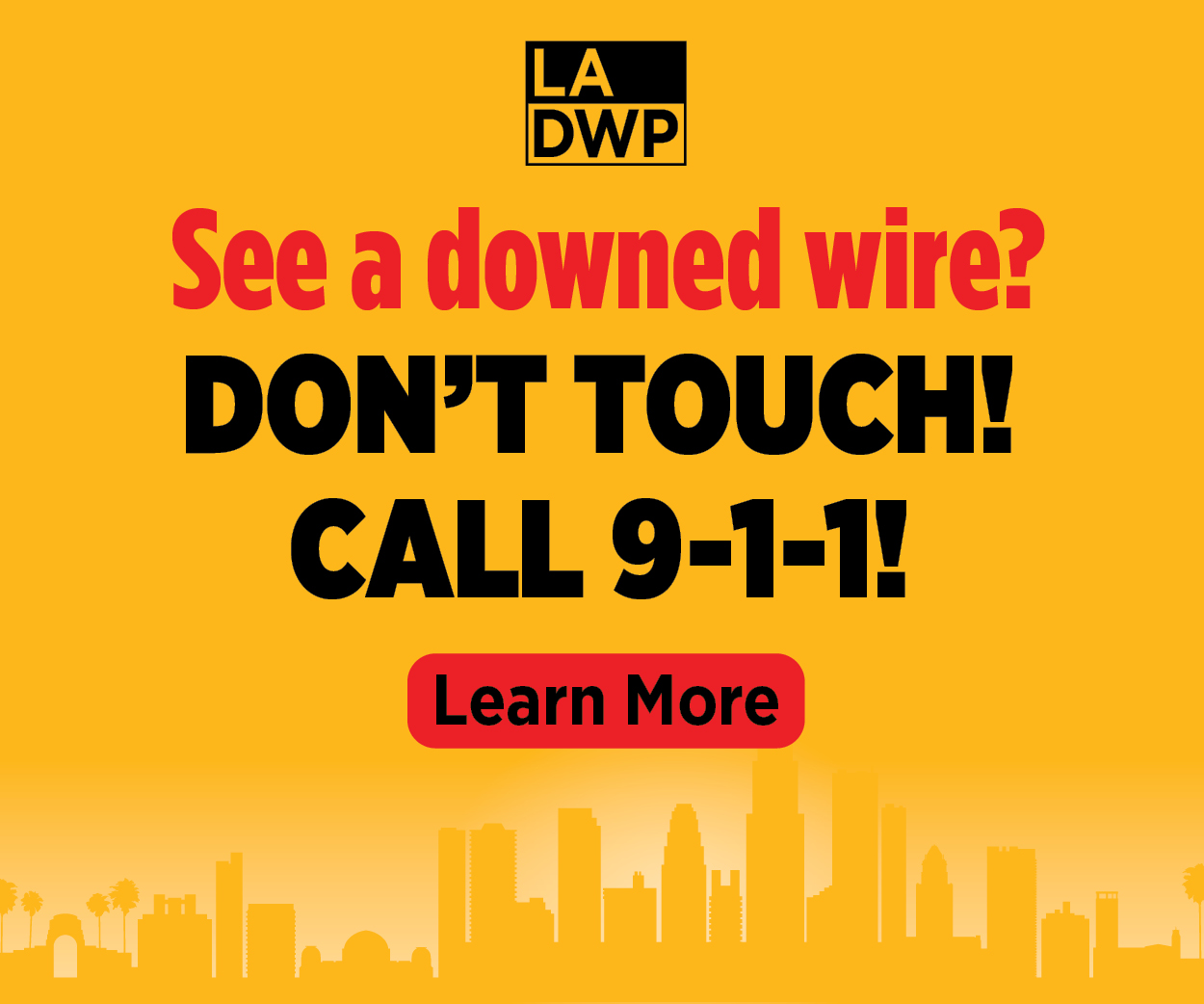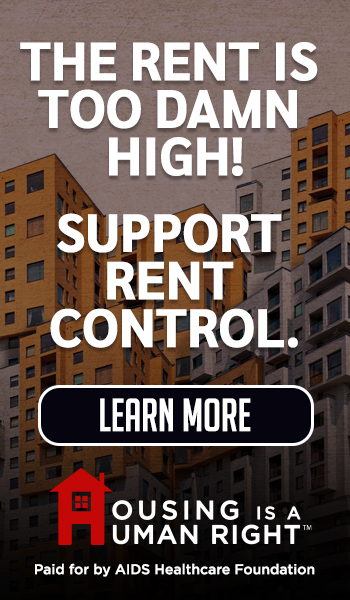Secession is in the LA Air Again … Have Neighborhood Councils Failed?
DEEGAN ON LA—(Editor’s Note: This month marks the 15th anniversary of the certification of Los Angeles’ first Neighborhood Council. CityWatch will celebrate with a multi-month celebration of introspective articles and view points on how LA’s Neighborhood Councils came about, how they’re doing and how their future looks. This perspective by Tim Deegan is the first such effort.)
“Secession”… a word that struck fear into the political heartbeat at City Hall fifteen years ago when the San Fernando Valley, Hollywood, and the Harbor area attempted to break away from the city claiming they were getting poor service from a city that they believed was poorly managed.
Now, history appears to be repeating itself with the news that Venice, famous for its boundary-pushing beach vibe and lifestyle, with a boardwalk that is a tourist mecca ripe for gentrification, wants to leave the city. They’re calling it “Vexit.”
“The wedge issue right now,” according to Venice Neighborhood Council Chair Ira Koslow, “is that what the city is choosing to do is not what people want to have done. We don’t have a say.” As an example, Koslow points out that, “Nobody was asked about a homeless plan by Councilmember Mike Bonin (CD11) that would put housing for the homeless in the Thatcher Yard, and a storage facility for the homeless across from Westminster Elementary school, as well as including a large chunk of public property in the BID process so it could be finalized. People are freaked out about Bonin’s plans. He needs to put us in the loop. We don’t feel like we’re being listened to at all.”
Bonin’s office countered, “The size and type of housing in each proposal will be determined following the community input process that Mike has insisted the developers conduct.” The location of the housing and storage -- which is the community’s complaint (not the size and type of housing, especially their complaint about the storage facility for the homeless being across from an elementary school) -- does not sound negotiable.
Several documents from Bonin’s office, including an Online Survey from December 2015, a March 29, 2016 Community Meeting where “first elements of the plan were introduced,” and a Second Community Meeting (September 8, 2016) provide another side of the story, but they may not be seen as solutions. As recently as six weeks ago, the community dispute was headline news in the LA Times.
The feeling of being shut out, Koslow claims, is the opposite of the political engagement that Neighborhood Councils were designed to foster. It sounds like what the Valley, Hollywood and the Harbor were saying fifteen years ago before Neighborhood Councils were created to help give communities a voice.
That “Vexit” is even being mentioned is a huge step backward for a city that has nurtured a Neighborhood Council plan to bring communities into the decision making process.
NPR reported in an April 29, 2002 broadcast that, “Close to half the city's voters support secession ... three areas of the city, Hollywood, the Harbor area and the San Fernando Valley, consider breaking away, and it might actually happen.”
Fearing the loss of a huge tax base, the city stepped in and fought back, avoiding seccession. Polls at the time suggested strong support for secession. Combined, the Harbor, Hollywood and the San Fernando Valley represented about half the population of the city. The Valley itself, with 1.5 million residents, would have become the nation’s sixth largest city at the time.
Once the secession vote failed -- but because it was attempted -- Charter reform eventually led to a system of Neighborhood Councils with an important mandate. As stated in the LA City Charter, Section 900: “Purpose of Neighborhood Councils: To promote more citizen participation in government and make government more responsive to local needs.”
Homeowner associations had always been the “go-to” community groups and still play a very important role, although they may exist in a NIMBY bubble, shrinking their influence when they are seen as being more interested in the property values within their HOA boundaries than in the community-at-large, which is the greater territory that a Neighborhood Council covers. The NCs fit somewhere between the HOAs and the City Councilmembers; they have an officially recognized “advisory” role to city departments and the Mayor.
Like previous secession movements, “Vexit” would require a “yes” vote by both Venice residents and the rest of the city. Remembering how fiercely the city fought back against the Valley and Hollywood successions, it looks like Venice secession would be an uphill struggle. However, in today’s political environment, where anything can happen, the idea of a “Vexit” cannot be dismissed. Losing Venice would put a dent into the city’s tax base that is used to fund programs; it would result in a loss of lots of political power.
In the 2002 referendum, a bare simple majority (50.72%) of Valley residents voted to succeed, but the city vote was two-thirds (66.97%) against it. In Hollywood, the spread was even wider: one-third of Hollywood voters said “yes’ to leaving, but three-quarters of the city voters said “no.”
Fifteen years later, secession is again in the air. Whether or not “Vexit” happens this time around, the community is organized locally through its neighborhood council, and regionally through its membership in the Westside Region Alliance of Councils, a cooperative regional alliance made up of 10 Neighborhood and Community Councils. This represents a great leap forward from the Valley and Hollywood and Harbor movements.
The eleven candidates (including incumbent Bonin) who have filed their intentions to run for the CD11 seat in the March 2017 primary could hit a nerve with voters by pledging to help fulfill the City Charter backed Neighborhood Council mission, “To promote more citizen participation in government and make government more responsive to local needs.”
(Tim Deegan is a long-time resident and community leader in the Miracle Mile, who has served as board chair at the Mid City West Community Council and on the board of the Miracle Mile Civic Coalition. Tim can be reached at [email protected].) Edited for CityWatch by Linda Abrams.

